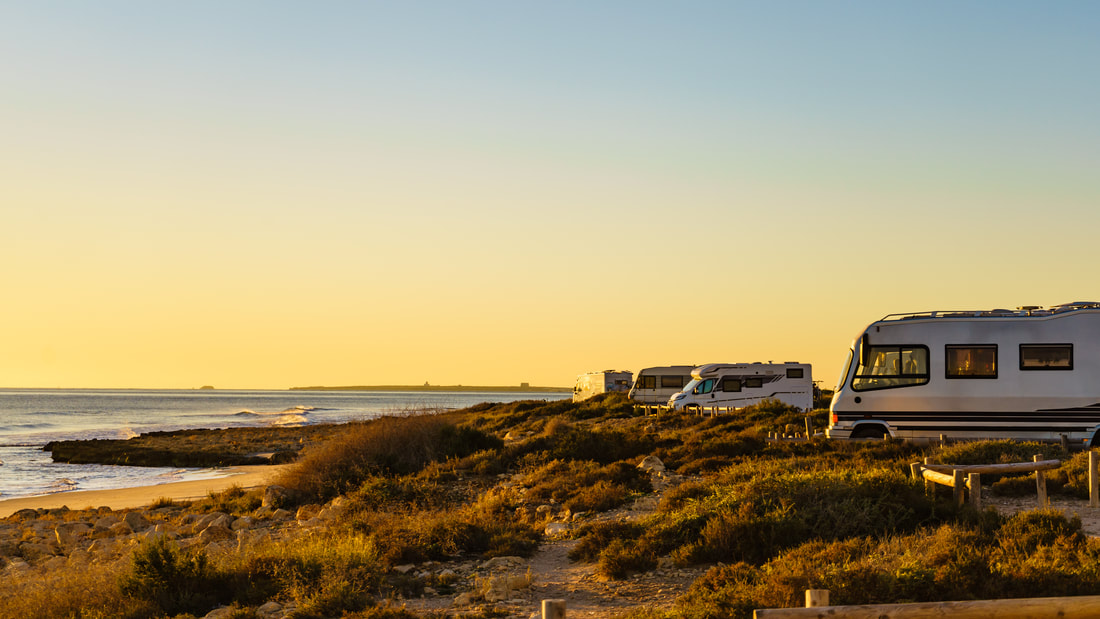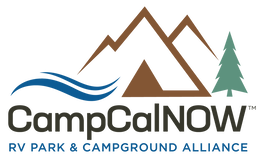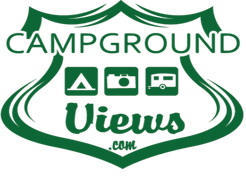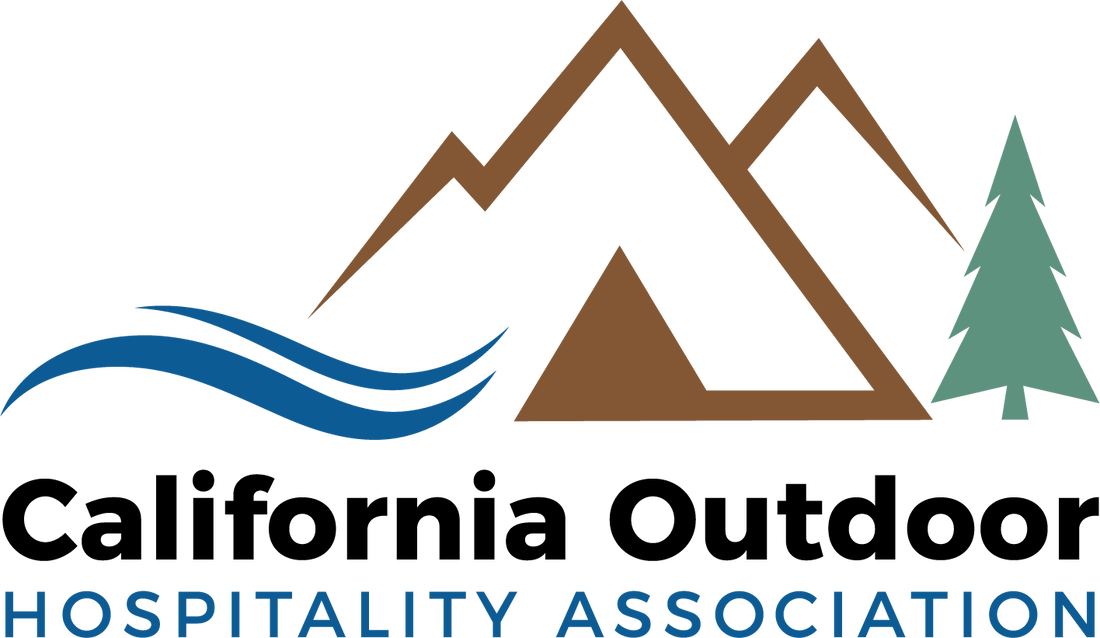|
Written by Dyana Kelley, CEO and president of CampCalNOW RV Park and Campground Alliance, and Mark Koep, CEO and founder of CampgroundViews.com. The outdoor hospitality industry is on the cusp of five years of the most significant growth in modern history, with change that will drastically alter the makeup, style and needs of campers. Our industry will benefit from consumer, political, and social changes brought on by the COVID-19 pandemic and ensuing government actions all stacked upon the previous favorable conditions already generating growth in the space. Come along as we shake our crystal ball and look at the trends that may benefit our industry today and in the near future. Back in February 2020, during a presentation at the Carolina ARVC annual meeting, Koep explained to the audience that the industry was on pace for a record camping season that would continue throughout the next five years to come. This prediction was based upon the positive economic numbers, improving middle-class financial situation, outdoor/travel-oriented trends, advances in connectivity, interest from Millennials and Baby Boomers, and an overall resurgence in the camping industry. This information contrasted strongly against lagging demand for new RVs and lackluster shipments; people were camping in but not necessarily buying RVs — then the pandemic hit. From March through May all travel and most economic activity contracted drastically. Campgrounds and RV parks, who had been investing heavily, were looking at the potential of bankruptcy should they be unable to draw on the camping public. States and localities were banning travel and preventing campgrounds from opening and, frankly, it appeared the world was coming to an end — until something miraculous happened. The Trump administration announced in late April the “Guidelines for Reopening America.” With that document and guidance in place, a number of states began reopening commerce just in time for the normal spring camping trips. During the Back to Camping Summit, Kope laid out his projection for a “Great American (Local) Roadtrip” predicting that Americans would escape to campgrounds to get a release from their local environments. Like clockwork, the trips began and early reports from park owners from states like Texas, Florida, and South Carolina confirmed the estimates that people were traveling aggressively in RVs. At the same time California, along with a number of other states, was still maintaining strict limitations on travel and business reopenings. Kelley was working closely with member parks, health officials and state officials to establish reopening paths for parks and campgrounds. The first step was to educate the government. Across our nation, government and legislative officials had a dramatic misunderstanding of today’s RV parks and the capabilities of owners and operators to open safely. In fact, due to the residential aspect of parks, most had remained open in some capacity and had already implemented the recommended protocols. State RV association executives worked tirelessly with their state leaders to provide the necessary guidance and education. In California, Kelley worked directly with the governor’s office of Business and Economic Development (GO-Biz) to develop the guidelines that would serve as the official campground and RV park reopening structure. Equally as important was the reclassification of California campgrounds from hotels and lodging to outdoor recreation, clearing the path for not only a reopening but the ability to stay open in the event that hotels and lodging were required to close once again. State by state, RV parks and campgrounds began to open for recreational reservations. Occupancy limitations made honoring current reservations challenging and some opted to open in full capacity to serve all those who needed an escape from the stay at home orders. Several parks opened ahead of state authorization due to the abundance of dispersed campers. Inyo County which stretches along California’s Eastern Sierra Nevada range made the decision to open partway through Memorial Day weekend after they were inundated with “rogue” campers, illegal fires, sewage dumped on roadways and a disregard for public lands. A palpable discord was taking place in California and across the nation. People wanted out and due to travel limitations, the one safe option was camping. Fast forward to July 2020 and the vast majority of campgrounds and RV parks had now reopened and were experiencing overwhelming demand for their services. On the manufacturing and sales side of the industry, RVs had switched into airplanes and were literally flying off dealer lots. Buyers who had never even looked at RVs before were now purchasing sight unseen units for their camping trip that started…tomorrow. Highways and by-ways in July, August and for the foreseeable future are jammed packed with RVs and campers seeking out their next great adventure away from local restrictions and away from large crowds. All of the standard summer locations that had been dreading a failure of a season were and are now dealing with unprecedented demand. Replacing the foreign travelers and tour buses Americans in RVs, big and small, filled the parking lots and local campgrounds. National parks and forests are experiencing unprecedented demand with locations like Gros Ventre Campground in Grand Teton National Park, a massive location with 300 sites, reporting complete capacity that sold out every morning by 8 a.m. for the entire month of July. Dispersed camping sites within all of the national forests are filled all week with designated campgrounds popping at the brim also. On the private side of the business, owners reported that 20% of all their clients are brand new RVers. This influx of new RVers has been both a blessing and a curse, with increased occupancy and income also came increased strife, bad attitudes and non-standard behavior. Travelers who had never driven a vehicle larger than their sedan were now pulling in, running over and backing into everything and anything they could touch with their giant home on wheels. Consumers with European vacation budgets began creating extreme camping/glamping experiences. Stories of guests flying in all their own linens, dishes, utensils and even ski boats have swirled across the industry. And with film production and concerts canceled, campgrounds have also seen an influx of celebrity guests looking to escape. Tour buses and upscale RV’s pulling in and requesting privacy has been more commonplace than ever before. Park owners celebrate their luck while asking when will it end — all the data points suggest that it won’t end for a long while. As schools put off reopening or switch to running virtual classes and major employers do the same, our entire society is grappling with a changing environment. Families that traditionally were taking their last camping trip in early August, as they prepared for the start of fall sports and their busy family lives, are now faced with a near time calendar that is devoid of any planned activities. Owners are reporting that they are booked well into the fall and many consumers are suggesting that they have no intent to stop traveling by RV. We are predicting, barring another unforeseen massive event, that our industry will continue to see record demand and travel well into late fall, when cold and snow finally mutes outdoor demand. Without solid data points to validate we are estimating that our industry, one that traditionally sees 40 million American campers, will likely host 65-70 million American campers this season. This massive wave of new campers portends a long term trend towards RV and camping travel as not only a vacation option but as a long term alternative to living in stationary quarters. As we shake our new crystal ball a few factors come into play that will determine how long and how big our boom will be:
The net effect of these trends on our industry portends a near-term future where outdoor travel continues to see rapid increases in new entrants. Over the next five years, we will combine our already favorable pre-COVID19 trends bolstered by the “new normal” trends leading to significant increases in RV and tent camping. Outdoor hospitality was on the cusp of great change and diversity before the national health crisis. RV manufacturers had already begun to create a #vanlife version of their RV’s to attract the Millennial and simplified living campers. Glamping is now a common word used to describe “fancy” camping. There is a multitude of options to arrive at an individual outdoor experience. Whether that experience is dispersed camping or upscale glamping the pandemic has shown us that there are plenty of consumers to go around. The industry is poised for growth and the next five years will change the face of outdoor hospitality like never before. This increase in traffic will have the largest impact on the public agency side of our business. Federal, state and local camping facilities, already traditionally run at maximum capacity, will be strained to the limit with new campers. As noted in the Inyo example above and being repeated in forest service and BLM properties across the country, their dispersed “free” camping sites are over-run, over-used, and mistreated. As an additional benefit to the private sector, we expect to see public lands begin aggressive restrictions on dispersed camping. As a double hit there are indications that many public agencies will be forced to become self-funding or revenue-neutral operations. The combined impact of these will be a supply squeeze on available camping sites (fewer camping sites available) driving more demand for private camping sites. Already we are seeing a significant increase in new park developments and acquisitions from “smart money.” Any industry in the real estate space that has limited supply and massive demand will inevitably see an investment spike and ours is no different. These new developments will take some time to come online with properties opening in rapid succession over the next three years. Sun Communities Inc. has set a high bar with its recent high-end property openings and many of the new developments are following this luxury and customer-focused design trend. The new wave of properties will raise the bar for operations across our industry. Combined with consumers that demand a more “hospitable” experience from private parks we expect to see a few promising trends occur:
A rising tide will lift all boats and amazingly what began as an end of days scenario has become the catalysts for a renaissance in the outdoor hospitality industry. If we shake our crystal ball in September 2020 it shows us a five-year trend that will grow our industry to heights we only imagined in the past. The outdoor hospitality industry is on the cusp of a significant growth trend that will fundamentally change the industry.
0 Comments
Leave a Reply. |
Check out more blog posts!
Categories
All
Archives
June 2024
|
|
2023 Copyright California Outdoor Hospitality Association. All Rights Reserved.
319 Nevada Street | Auburn, CA 95603 Phone: (530) 885-1624 | [email protected] | sitemap |
